VIEW BY CATEGORY:
Hi, we're Hunter and Sarah, a husband-and-wife, luxury wedding photography team. We’re also educators, helping other photographers build profitable and sustainable photography businesses.
MEET US
LOOKING FOR SOMETHING?
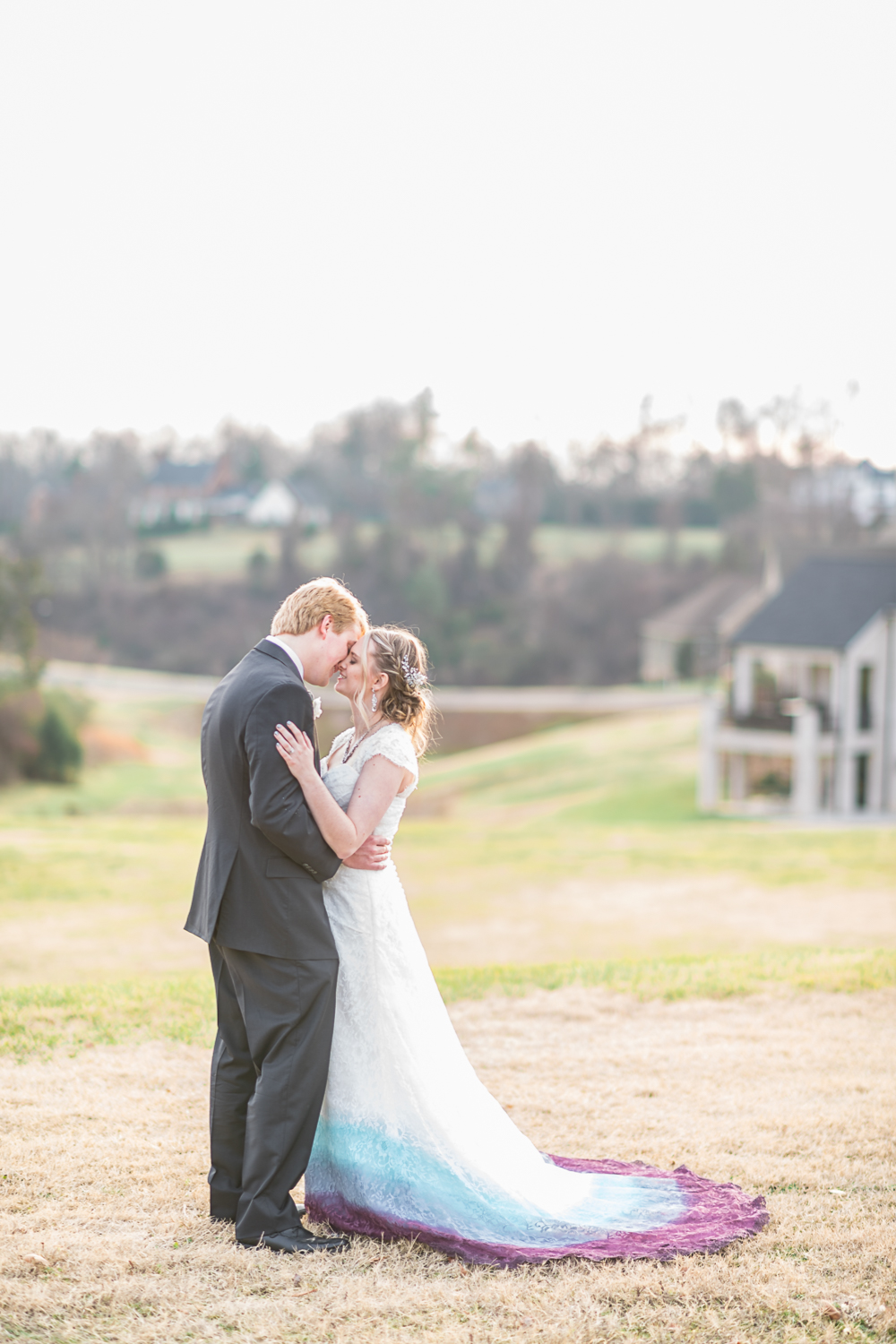
How to Officially Start a Photography Business 5
April 13, 2020
Hey Photographers! Back in February, we wrapped up a blog series aimed at something that consumes so much time and energy from wedding photographers: post production! If you missed it, Part 1 is here. This week, we’re continuing a series that will hopefully save you a TON of headache in your business: How to Officially and Legally Start a Photography Business!
Once you start making some real money with your photography, you may want to consider establishing a legal business entity. For the sake of organization, liability, legitimacy and tax-efficiency, this is the direction many photographers will go after a year or two of making money. And if you hope to go full-time in your photography one day, you’ll need to do this sooner or later!
Although establishing a business can seem like a daunting task, it’s actually more simple than it seems. Follow the steps in this blog series to go from side-hustler to business-owner!
How to Officially Start a Photography Business 5: Get Business Insurance
Insurance is another one of those un-sexy things that most people don’t think about during their day-to-day lives. In fact, there’s only one time where you’re guaranteed to think about insurance: when things go WRONG. And since you don’t want to be left wishing you had gotten insurance after it’s too late, we’re going to lay out the two basic types of insurance that most photography business will need, and how you can go about getting them!
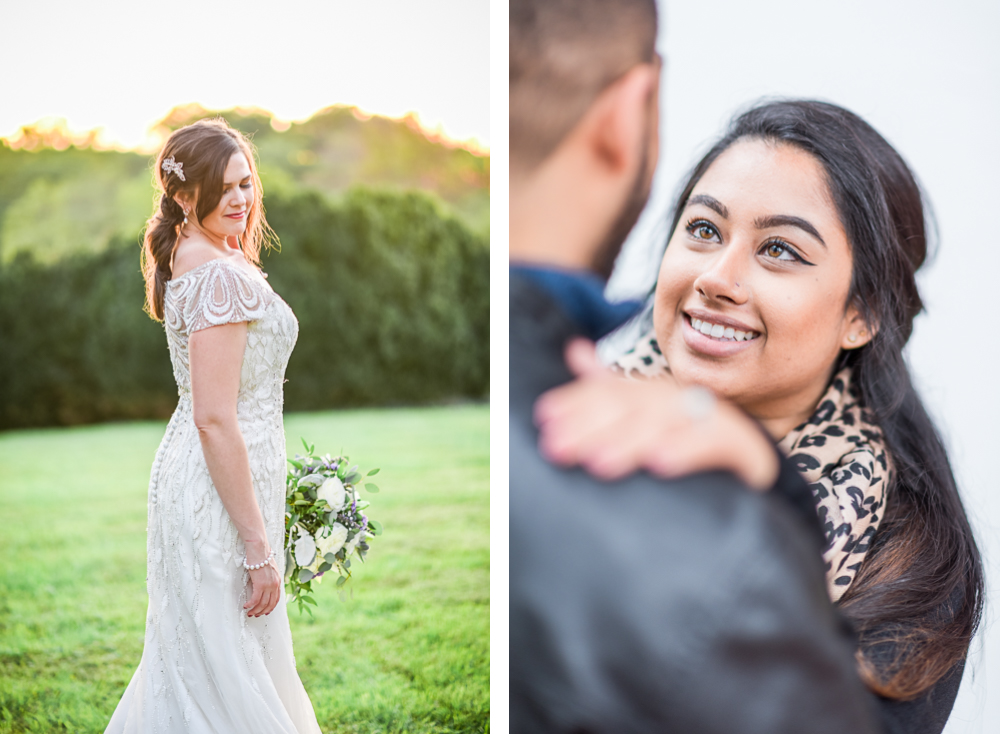
Insurance Basics
Before we get into what kinds of insurance your business needs, we want to help you understand insurance in general a bit better. Whether we’re talking about insuring your business, your home, your car, or even your medical care, all insurance, at its most basic level, works the same. You pay an insurance company a small amount of money (your “premium”) every single month for a certain amount of “coverage”. If you’re insuring your car, then your insurance will specify how much (usually a dollar amount, like $5,000) of your vehicle is “covered”. If you’re insuring your home, things work the same, but with much larger numbers!
Then, when something bad happens, and your covered item is damaged, lost, stolen or destroyed, then your insurance company will step in to help you replace whatever was “covered”. We hope you noticed that we said insurance will help you replace what was lost, not they will replace what was lost. With most types of insurance, you have to put forward some amount of money first, then you’re insurance company will cover the rest. This is called your “deductible”.
Here’s an example! Let’s say you purchase a used car for $15,000. You get car insurance, which will cover damages up to $12,000. That’s your coverage. You pay a monthly premium of $50 every month, and go on with life. Then, a few years later, someone hits your car while it’s parked on your street at night and drives away. Oh no! Your car is totally wrecked and can’t be fixed. But not to worry – you have car insurance! You put up a $500 deductible, and your insurance company gives you $12,000 towards a new car. At a very basic level, that’s how most types of insurance work.
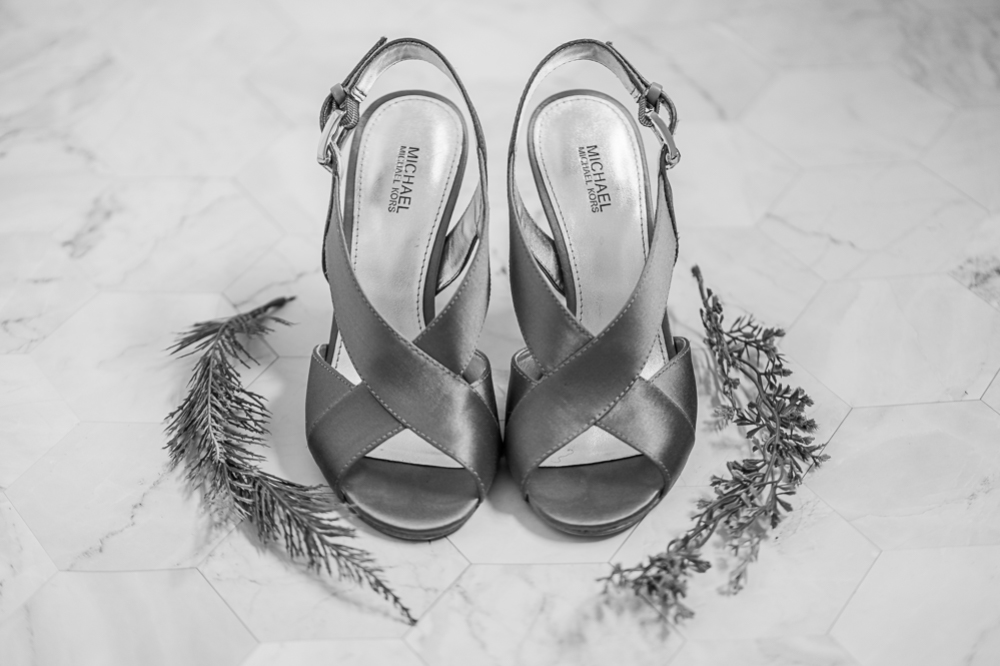
Insurance for Your Photography Gear
Gear insurance is the kind of insurance that is easiest to think about, so we’ll start here. You want to start by creating a list of all of your most important (and expensive) photography gear. Although this will of course include your cameras and lenses, it might also include any lighting equipment, as well as a computer or tablet if you purchased it with business money and use it for business purposes. If you think back to Part 1, this is why we had you start keeping track of your assets!
Then, you should send that list over to your insurance company, and they’ll give you a quote for how much it will cost each month to insure that gear. While more expensive gear will require a higher monthly premium, coverage is overall fairly inexpensive. We currently insure almost $20,000 worth of camera gear and computers for less than $35/mo. Keep in mind that where you work (locally vs. interstate or international) may impact your policy, so be sure to discuss these things with your insurance agent!

What Gear Should You Insure?
A final thing to think about is what items are worth insuring. If your deductible is $500, that means you’ll have to pay $500 on any given claim before your insurance company gives you any money. So if your deductible is $500, does it make sense to insure a $200 camera with a $100 lens stored in a $75 camera bag? Probably not. You might be better off just putting away some money each month into an emergency fund for your business. But does it make sense to insure a $1,200 camera with two $900 lenses stored in a $250 camera bag? Almost definitely!
Keep in mind that your deductible is per claim not per item. In other words, if your camera bag got stolen from a wedding, you could submit one claim for the entire bag and everything in it, and only pay that $500 deductible once. However, only the insured items would be replaced. So it might actually make sense to insure some items that are slightly lower than your deductible if it’s likely that they could all be lost/stolen/damaged at once. We have a few lenses and flashes that are right around that $500 mark that we insure because we think it’s just as likely that the entire bag get stolen as it is that we drop one lens or camera. And again, insuring gear is cheap!
As with all insurance, you have to weigh out how much risk you’re willing to take on yourself. The more risk you transfer from yourself to the insurance company (by insuring more gear), the more expensive it will be per month. If you wanted to take on all the risk yourself, you wouldn’t insure anything, and your premium would be $0! But we don’t recommend that to anyone except those with very little photography gear. And even then, the second type of insurance is still important!
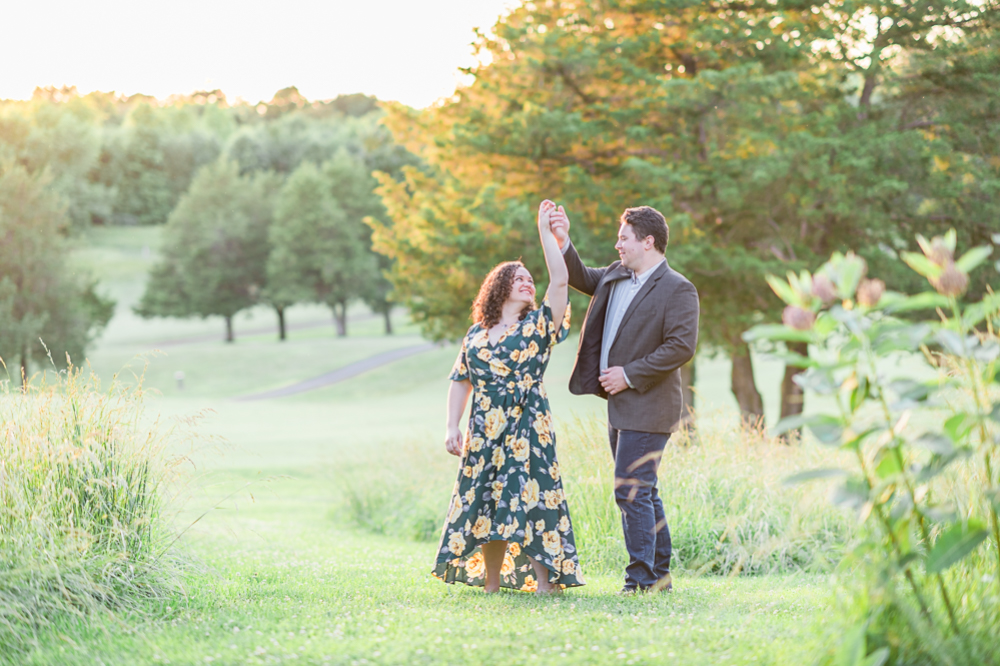
Insurance for Your Photography Business: Liability Insurance
Liability insurance is a bit harder to understand, but is just as (or more) important as insuring your hard-earned photography gear. Liability insurance comes into play when your business incurs damages because of something that is your fault. If you were out on a portrait session and your subject tripped over your camera bag and broke her leg, she could sue you for damages. If you knocked over a candle during a wedding and started a fire in the venue’s reception hall, the venue could likewise sue you for damages.
And when these things happen, it’s your liability insurance that will come to your rescue. For a very small monthly premium, you can get hundreds of thousands of dollars of liability insurance to help in the event of one of these disasters. We pay less than $7 per month for $1,000,000 in liability insurance! When we were just shooting portraits, we only had $250,000 in liability insurance – a common amount for starting photographers. But when we started working at high-end venues, we knew that it was time to increase that coverage. Some wedding venues even require it!
Keep in mind that this liability insurance is the second line of defence against potentially-bankrupting lawsuits. Of course, the first is being smart and being careful! And the third is the fact that you established an LLC. Remember, the “limited liability” part of LLC means that if someone sued you and won, they could only touch your business’ assets. So if they sued you for $300,000 and you had $250,000 in liability insurance, your business would owe them $50,000. They could require you to sell your gear and they could empty your business’ bank account. But they couldn’t touch your personal savings, your house, or your car. That’s why an LLC is so important!
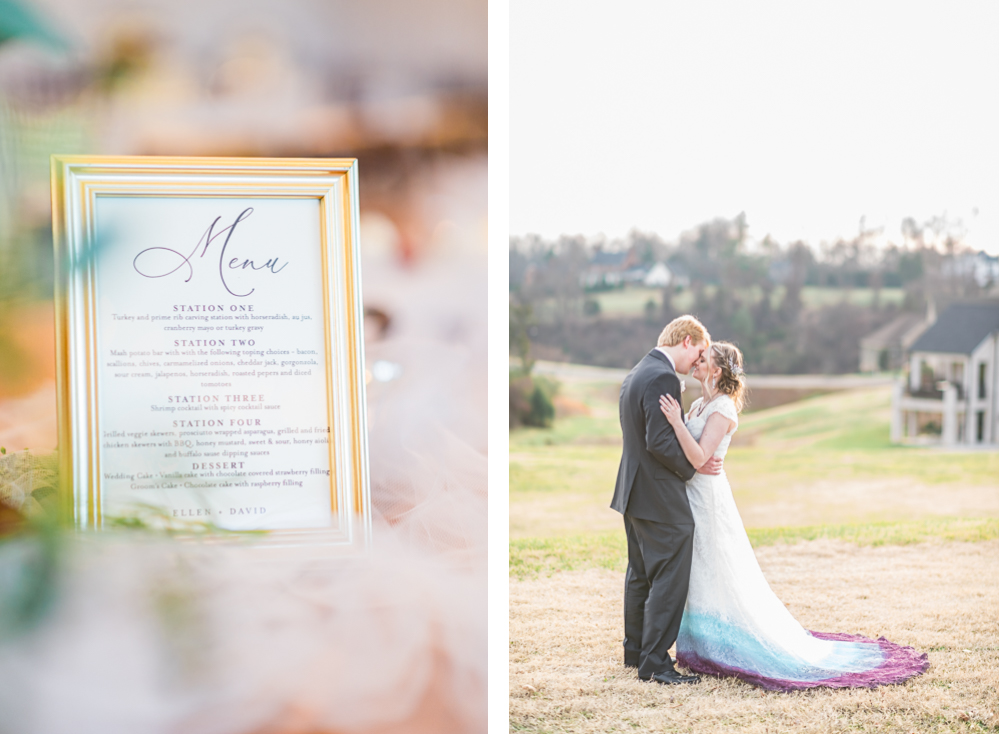
How to Find Business Insurance
Here’s our advice to you: don’t spend hours and hours and weeks of your time agonizing over insurance. Hopefully this blog has convinced you that you need liability and gear insurance, and that they shouldn’t be all that expensive, depending on where you live. That’s probably about as much as you need to know! Don’t become an expert at insurance; there are people who do that for a living. Find the right agent, get the right coverage, and let them handle the rest. That way you can get back to taking photos and running your business!
If you already have insurance for your car, home or apartment, start by reaching out to your current insurance agent. If you don’t have any of those right now, ask family and friends if they have an agent they would recommend. And of course, there are a plethora of national brands, as well as local agents, to choose from. Often, a small local branch will give you more personalized attention than one of the big national brands, but it changes for each company.
Once you have a few names, reach out to them with the basic information (I’m a professional photographer with $X,000 in photography gear that I want insured, and I need $X00,000 in liability insurance). Get a few quotes, compare their offers, and chose someone. It’s that simple!
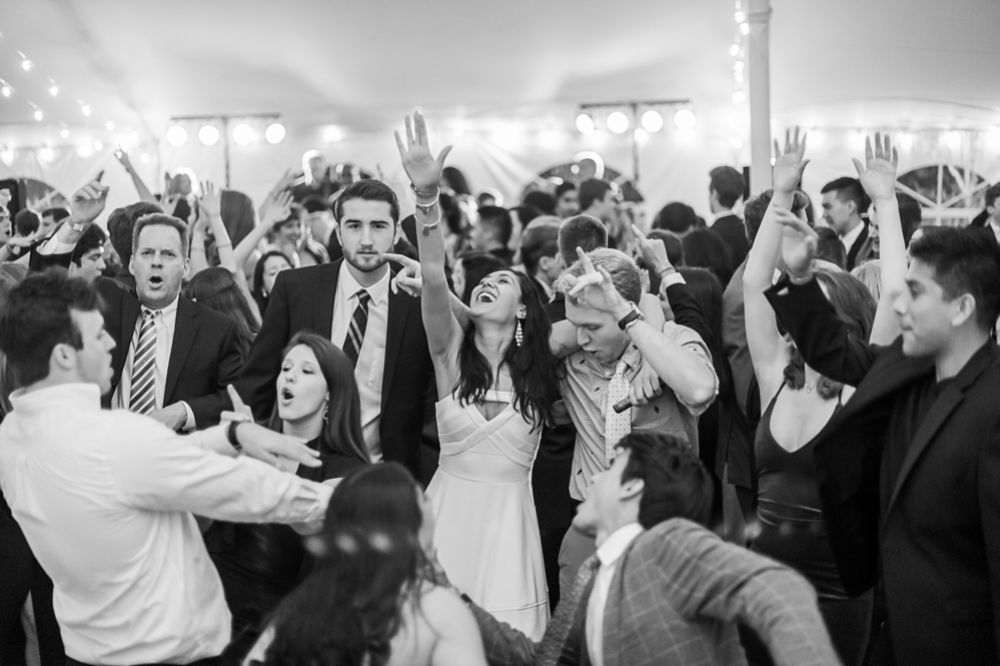
Next week we’ll be wrapping up with the biggest bear of all the business basics: paying self-employment and income taxes! But for now, go get insured!
Want More?
Click HERE to get your free copy of our eBook: “5 Essential Tips for Turning your Side-Hustle into a Full-Time Photography Business.” You’ll also be subscribed to our newsletter, so our newest content, weekly encouragement, and exclusive offers will be delivered right to your inbox!
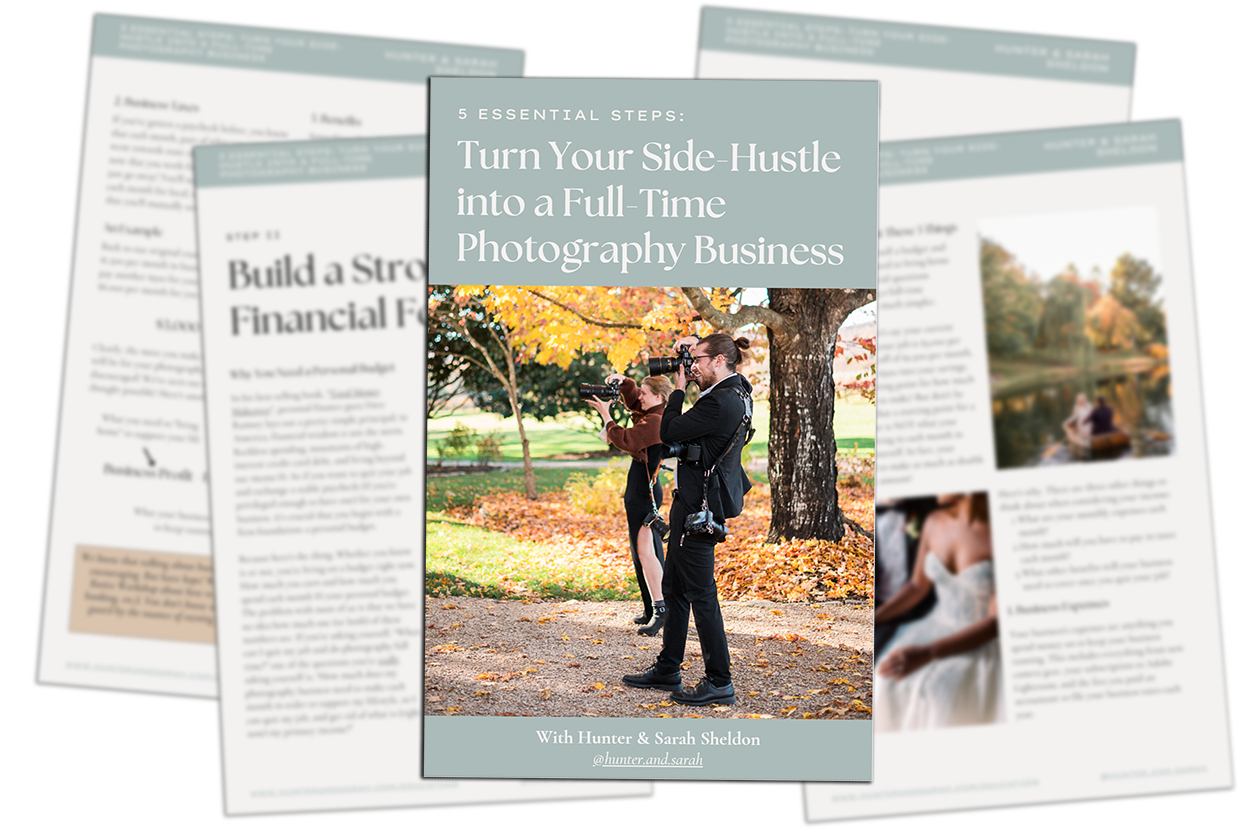
—
Check out the other segments in this blog series!
- How to Officially Start a Photography Business 1: Start Keeping Track
- How to Officially Start a Photography Business 2: Establish an LLC
- How to Officially Start a Photography Business 3: Pay “Sales and Use” Tax Each Month
- How to Officially Start a Photography Business 4: Get a Business Bank Account
- How to Officially Start a Photography Business 6: Prepare For (And Pay) Self-Employment Taxes
Filed in:
Wedding Photography & Photography Education
Charlottesville, Virginia and Beyond
HOME
ABOUT US
WEDDINGS
JOURNAL
FOR PHOTOGRAPHERS
PRESS & PRAISE
BLOG
CONTACT
e. hunter@hunterandsarahphotography.com
p. (434) 260-0902
